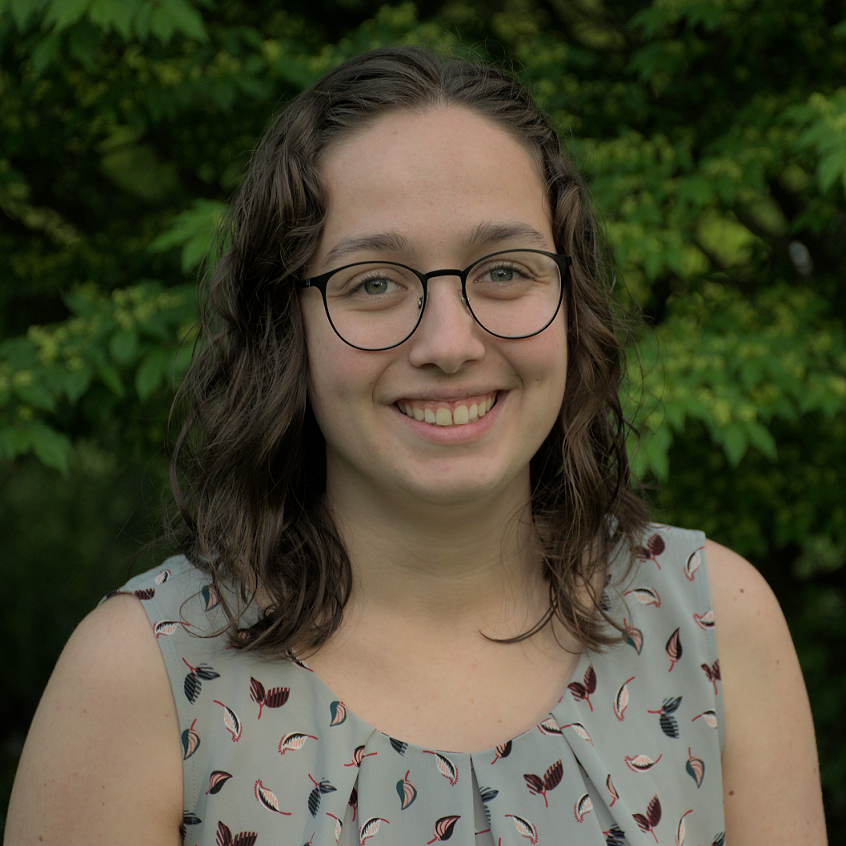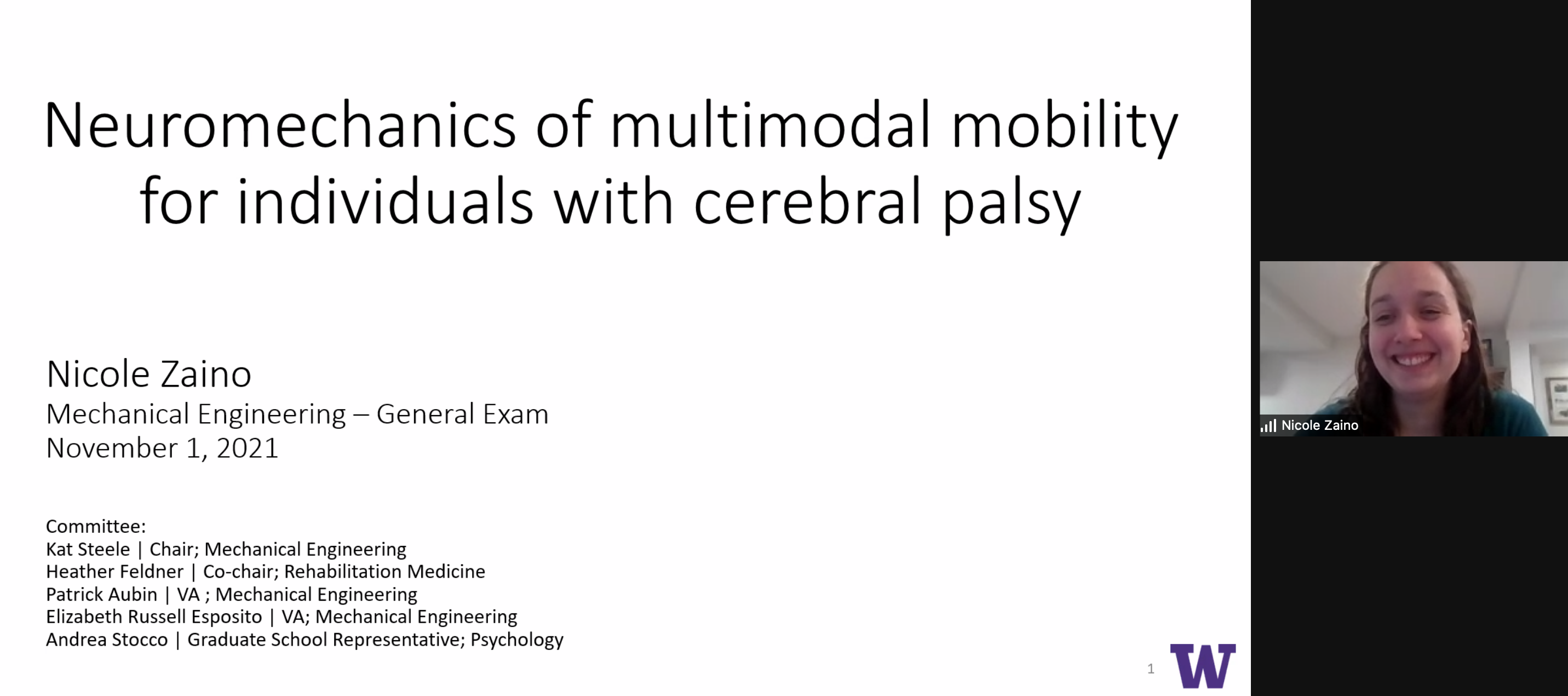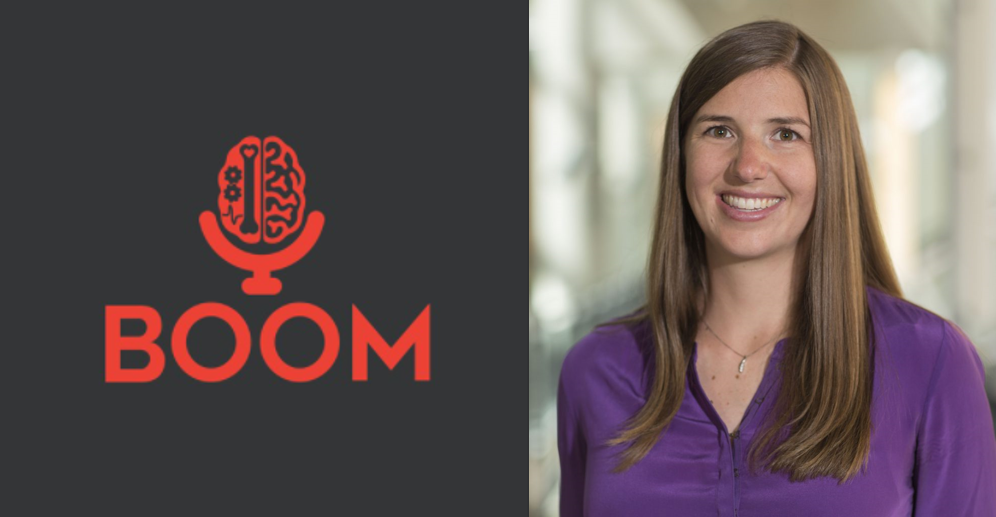 Nicole was selected from a extremely competitive application pool to become a 2022 Gatzert Child Welfare Fellow. This fellowship will support Nicole in her research and as she writes her dissertation contributing to the lives of children with disabilities. Way to go Nicole! ConGATZERTulation!
Nicole was selected from a extremely competitive application pool to become a 2022 Gatzert Child Welfare Fellow. This fellowship will support Nicole in her research and as she writes her dissertation contributing to the lives of children with disabilities. Way to go Nicole! ConGATZERTulation!
Author: Elijah
Congratulations, Nicole! Nicole Zaino passes her Ph.D. General Exam
Kat Steele on BOOM talking mobility, accessibility, and design
BOOM! Kat Steele was recently a guest speaker on the fantastic podcast BOOM: Biomechanics On Our Minds hosted by Melissa Boswell and Hannah O’Day. Kat joined BOOM for their first episode of a four-part series discussing mobility, accessibility, and design.
Definitely give this episode a listen on SoundCloud, Spotify, or Apple Podcast, and follow along with the rest of the four-part series and all great BOOM content on the same podcast services.
boom. Boom. BOOM!
HA Feldner, C Papazian, KM Peters, CJ Cruetzfeldt, KM Steele (2021) “Clinical Use of Surface Electromyography to Track Acute Upper Extremity Muscle Recovery after Stroke: A Descriptive Case Study of a Single Patient”
Journal Article in Applied System Innovation:
This work highlights the potential of wearable technologoies to monitor muscle activity changes during stroke recovery in acute clinical settings and their importance for motivation and understanding of progression from the survivor’s point of view: ‘I was hopeful that it would show signs of things that are occurring when I couldn’t physically feel it…if you had other scientific evidence that things were happening, even beyond their notion that it would, it gives you a lot of hope. You just have to be patient, and it’s harder to take when someone tells you, but easier to understand if someone actually shows you’.
Aim: Describe the use of wireless sEMG sensors to examine changes in muscle activity during acute and subacute phases of stroke recovery, and understand the participant’s perceptions of sEMG monitoring.
Method: Muscle activity was tracked by five wireless sEMG sensors beginning three days post-stroke and continued through discharge from inpatient rehabilitation. Activity logs were completed each session, and a semi-structured interview occurred at the final session with three- and eight-month follow-up sessions.
Results: The longitudinal monitoring of muscle and movement recovery in the clinic and community was feasible using sEMG sensors. The participant and medical team felt monitoring was unobtrusive, interesting, and motivating for recovery, but desired greater in-session feedback to inform rehabilitation.
Interpretation: This work highlights that barriers in equipment and signal quality still exist, but capitalizing on wearable sensing technology in the clinic holds promise for enabling personalized stroke recovery.
HuskyADAPT… adapts!
Many University of Washington Mechanical Engineering student clubs had to think outside the (toy)box and overcome disruptions caused by the COVID-19 global pandemic, but few have adapted as well as HuskyADAPT lead by the SteeleLab’s very own Alyssa Spomer and Nicole Zaino.
This year they pivoted to have virtual workshops to continue providing students with hands-on-experience modifying toys, and contactless donation events to keep up the distribution of free adapted toys throughout western Washington.
Way to go Alyssa, Nicole, and all HuskyADAPTers! Keep it up!





